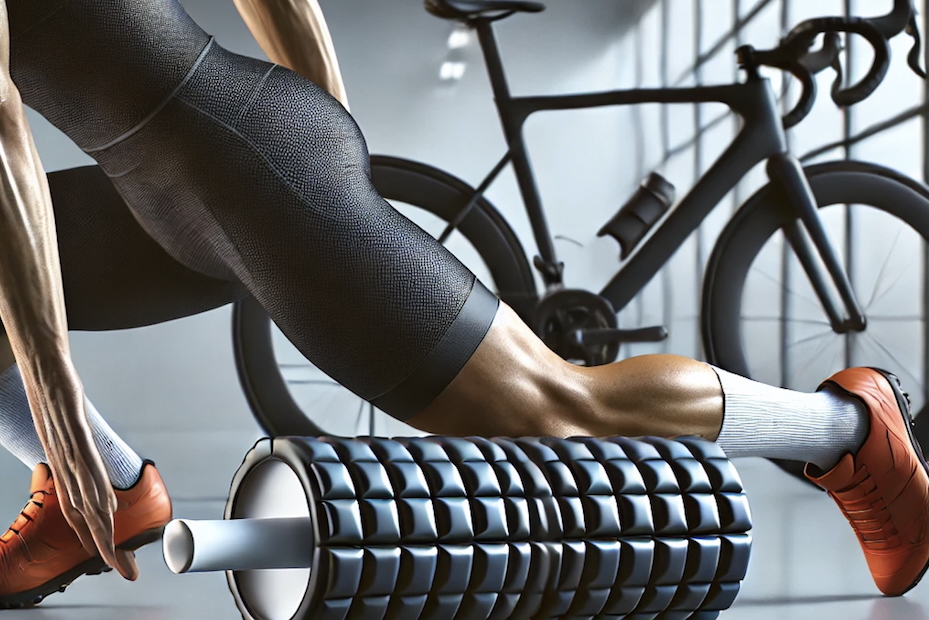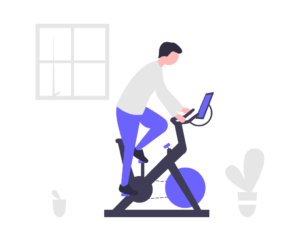The Science Behind Leg Air Compression for Cyclists: Recovery & Performance Boost?
Can Leg Compression Boost Your Cycling Performance? Let’s Dive In!
Cyclists are constantly looking for ways to enhance recovery and performance, and leg air compression therapy has gained traction as a go-to recovery tool. But does it really work, or is it just another trend? This article explores the science behind pneumatic compression, its effects on recovery, and whether it can truly enhance cycling performance.
How Does Leg Air Compression Work?
Leg air compression devices use intermittent pneumatic compression (IPC) to apply rhythmic pressure to the legs, mimicking the effects of active recovery. This process is thought to:
- Increase Blood Flow: Enhancing circulation removes metabolic waste, such as lactic acid, and delivers oxygen-rich blood to fatigued muscles (Wiener et al., 2001).
- Reduce Muscle Soreness: Some studies suggest that compression can alleviate delayed onset muscle soreness (DOMS) (Miller et al., 2017).
- Accelerate Recovery: By improving venous return, compression may speed up muscle repair and glycogen replenishment (Martin et al., 2015).
The Science: What Do Studies Say?
Several research studies have examined the effects of pneumatic compression on athletes, particularly endurance cyclists and runners.
1. Improved Recovery
A study by Martin et al. (2015) found that cyclists using pneumatic compression after high-intensity training had lower levels of muscle soreness and quicker power restoration compared to passive recovery.
2. Reduction in Swelling & Inflammation
Miller et al. (2017) demonstrated that air compression significantly reduced post-exercise muscle swelling and inflammatory markers, making it beneficial for riders engaged in multi-day events or intense training blocks.
3. Potential Performance Gains?
While the primary benefit of compression therapy lies in recovery, some studies suggest that it may contribute to enhanced endurance performance by maintaining muscle oxygenation during prolonged exertion (Wiener et al., 2001). However, direct performance improvements remain inconclusive.
How Cyclists Can Use Air Compression Effectively
If you’re considering adding air compression therapy to your recovery routine, follow these guidelines for optimal results:
- Use Immediately Post-Ride: Research indicates that using compression for 15-30 minutes within the first hour post-training maximizes recovery benefits.
- Combine with Active Recovery: Compression is most effective when paired with light cycling or stretching.
- Stay Hydrated: Enhanced circulation means more fluid movement, so hydration is key.
- Don’t Replace Other Recovery Methods: Sleep, nutrition, and proper training load management still play the biggest roles in recovery.
Final Verdict: Worth the Investment?
Leg air compression devices have strong backing for recovery enhancement, reducing soreness, and improving circulation. While direct performance benefits remain debatable, faster recovery can indirectly contribute to improved training consistency and long-term gains. For cyclists who train frequently or compete in stage races, incorporating air compression might be a game-changer.








